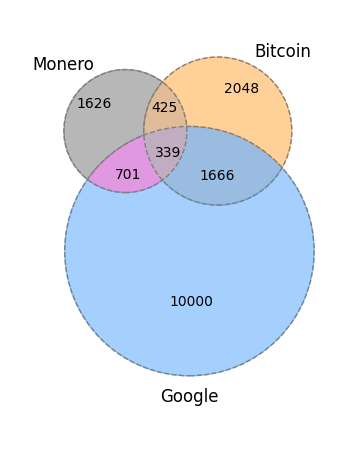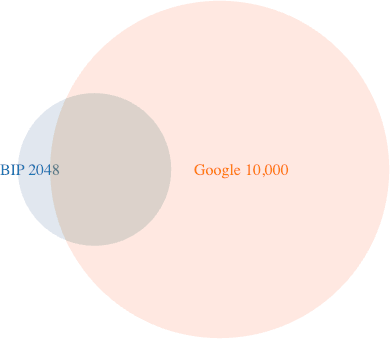If you need to memorize a list of up to eight words, particularly for a short period of time, the most efficient method may be brute force: rehearse the words in sequence until you can remember them. But if you need to remember more words, or remember the list for a longer time, some sort of peg system would be better.
Pegs
A peg system begins with a list of images firmly associated with integers. You drill these associations into your brain like driving pegs into wood, then “hang” things on the pegs.
The choice of pegs could be arbitrary, but it’s easier to acquire a set of pegs if there’s some pattern to them, such as the Major system. An example set of pegs based on the Major system follows.
- tea
- Noah
- ammo
- arrow
- law
- show
- key
- ivy
- pie
- toes
- toad
- dune
and so on.
Learning a set of pegs is harder than hanging things on the pegs. But once you have a peg system, you can reuse it for many different things.
Numbered lists
Here’s something I resisted but eventually came to accept: it’s easier to memorize a numbered list than an unnumbered list. For example, it’s easier to learned a numbered list of the US presidents—#1 Washington, … #16 Lincoln, … etc.—than to simply learn to recite the list.
This is counterintuitive because it requires memorizing more information. But the key is this: with a numbered list, you only have to remember pairs of pegs and items. To memorize a list of 100 items, you don’t have to memorize a sequence of 100 things; you have to remember a set of 100 pairs. If you forget an item, you forget one item: it doesn’t throw off anything else. It’s also easier to review and test yourself on a numbered list.
I’ve noticed when journalists are reporting on some memory stunt, they’ll say something like “Not only can he recite the Fortune 500, he could pull up each one by number.” Reading between the lines, this person used a peg system. He memorized each company with its number, not to make things harder, but to make things easier.
Seed phrases
A seed phrase for a crypto wallet is a list of 12 to 24 words. You could memorize a list of 12 words by rote without too much effort, but a list of 24 would be more than twice as hard. Since you want to remember wallet seed words for a long time, and there are potentially huge consequences to forgetting part of the list, I’d recommend a peg system.
To create an example, I chose 12 words by sampling the BIP39 word list with replacement using the command
shuf -n 12 -r english.txt
This returned the following words:
- entry
- lava
- foot
- vibrant
- diet
- pulp
- canal
- name
- noble
- dream
- breeze
- bar
This probably isn’t a valid wallet address, but it’s like one [1].
To memorize the list using the pegs above, you would create mental images associating tea with entry, Noah with lava, ammo with foot, etc. You might imagine Noah’s ark on a sea of lava, or shooting yourself in the foot.

As I’ve written before, some of the BIP39 seed words are less than ideal for memorization. Lava creates a vivid mental image; entry does not. Maybe you could change entry to entryway, imagining a giant teapot in the entryway to your house.
The BIP39 words are uniquely determined by their first four letters. You could change the words if you like, as long as you keep the initial letters the same. For example, if you tried to type entryway into a wallet, autocomplete would kick in after you typed entr and so the rest of the letters don’t matter.
Recall
To recall the list, you go down your list of pegs and see what is associated with each. This is why pegs have to be unique. If you want to encode a number using the Major system, you can encode the same digits different ways at different times. For instance, maybe you encode 12 as Dune one time and Athena the next. But when recalling a list, you need to recall the peg for a number and recall what it’s associated with.
Related posts
[1] The seed words come from a list of 2048 words, so each word carries 11 bits, so 12 words encode a 128-bit address with 4 checksum bits left over. So there’s a 15/16 probability that a list of 12 words does not encode a valid address.


